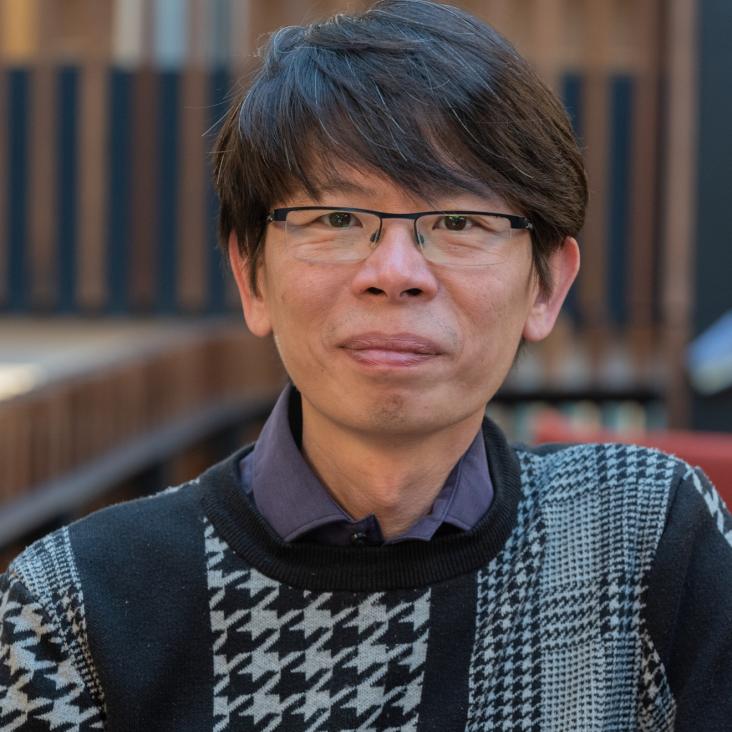Heterodyne Spectroscopy Instrument (HSI) for Far-IR Spectroscopy Space Telescope (FIRSST)
National Radio Astronomy Observatory (2025)
Abstract:
The Heterdyne Spectrometer Instrument (HSI) is one of two instruments on the Far-IR Spectroscopy Space Telescope (FIRSST) proposal to NASA. It would be the first heterodyne array receiver in space and has 3 frequency bands, each containing two 5-pixel arrays, one per polarizations. HSI uses high TRL (>6) components and is an innovative, but low-risk instrument.Preliminary characterisation of titanium nitride kinetic inductance travelling-wave parametric amplifiers
Open Research Europe F1000Research 5 (2025) 109
Automated characterisation and operational insights of superconducting travelling wave parametric amplifiers: unveiling novel behaviours and enhancing tunability
Journal of Instrumentation IOP Publishing 19:08 (2024) P08024
Abstract:
Superconducting travelling wave parametric amplifiers (TWPAs) exhibit great promise across various applications, owing to their broadband nature, quantum-limited noise performance, and high-gain operation. Whilst their construction is relatively simple, particularly for thin-film-based TWPAs, challenges such as the requirement for an extremely long transmission line, current fabrication limitations, and their sensitivity to fabrication tolerances, mean that their optimal operating conditions often differ from those anticipated during the design stage. As a result, manual fine-tuning of numerous operational parameters becomes necessary to recover optimal performance; a process that is both labour-intensive and time-consuming. This paper introduces an automated methodology designed to significantly accelerate the characterisation of a TWPA by several orders of magnitude without requiring human intervention. Additionally, we have developed metrics to condense the multitude of measured frequency responses of the TWPA, obtained in data cube form, into an easily-understandable format for further scientific interpretation. To demonstrate the efficacy and speed of our methodology, we utilise an existing NbTiN (niobium titanium nitride) TWPA as an example. This showcases the capability of our approach to unveil both broad- and fine-scale behaviours of the device, highlighting the importance of an automated experimental setup for the in-depth investigation of TWPAs for future developments.Far-infrared spectroscopy space telescope (FIRSST)
SPIE, the international society for optics and photonics (2024) 15


